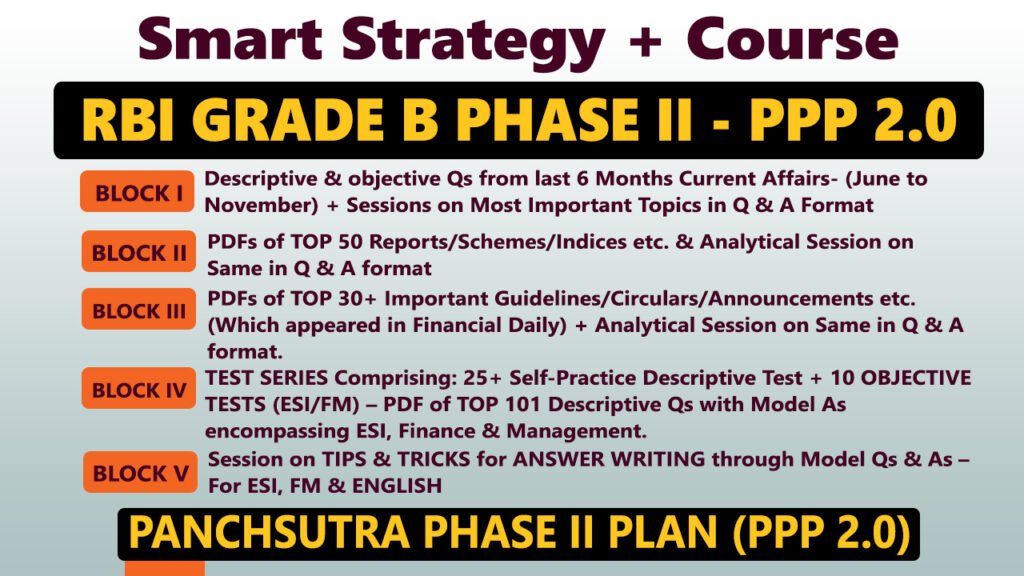Got Questions? We’ve Got Answers!
📚 Whether it’s about exams, career advice, or daily doubts, don’t hesitate—ask away!
💡 Daily Current Affairs Quiz | Daily Quiz for UPSC
💡 Your Learning Partner Is Just a Click Away!
👉 Click here to Ask Your Question Now and get clear, reliable answers from experts.
Daily Current Affairs
16 & 17 February, 2025
1. What was a key announcement during PM Modi’s U.S. visit regarding technology collaboration?
A) TRUST initiative for AI and quantum computing
B) AI4India framework for research
C) Digital India-U.S. Partnership
D) QUAD AI Strategy
E) G20 Tech Alliance
Answer: A) TRUST initiative for AI and quantum computing </br>
Explanation: The TRUST initiative was launched to strengthen Indo-U.S. cooperation in emerging technologies such as AI, semiconductors, and quantum computing.
2. What is the main ecological concern related to the Pune Riverfront Development Project?
A) Increased water pollution
B) Threat to wildlife sanctuaries
C) Deforestation and loss of sacred groves
D) Shortage of drinking water supply
E) Excessive use of solar energy
Answer: C) Deforestation and loss of sacred groves </br>
Explanation: Activists have opposed the project due to the felling of 22,000 trees, potential ecological damage, and the loss of sacred groves, which hold cultural and environmental significance.
3. Which initiative aims to boost military collaboration between India and the U.S.?
A) QUAD Defense Strategy
B) COMPACT framework
C) Indo-Pacific Military Pact
D) Strategic Command Agreement
E) Defense Modernization Treaty
Answer: B) COMPACT framework </br>
Explanation: The COMPACT framework was introduced to enhance military cooperation between India and the U.S., focusing on defense technology, intelligence sharing, and Indo-Pacific security.
4. Why has rat hole mining continued in Assam and Meghalaya despite being banned?
A) High global demand for coal
B) Technological advancements making it safer
C) Political interference and coal mafias
D) Lack of labor force for safer mining methods
E) Weak legal framework for mining regulation
Answer: C) Political interference and coal mafias </br>
Explanation: Despite a 2014 NGT ban and a 2019 Supreme Court ruling, rat hole mining continues due to illegal operations supported by coal mafias and political involvement.
5. How has the TrailGuard AI system helped in Similipal Tiger Reserve?
A) Reduced poaching through AI-powered surveillance
B) Improved forest fire detection
C) Helped monitor tourist activity
D) Increased tiger breeding rates
E) Reduced human-wildlife conflict incidents
Answer: A) Reduced poaching through AI-powered surveillance </br>
Explanation: The TrailGuard AI system uses AI-powered cameras to detect poachers, leading to 96 arrests and 86 gun confiscations in 10 months, improving wildlife protection.
6. What is a key reason for the decline in labor migration in India?
A) Automation in industries
B) Pandemic-induced preference for stability
C) Rise in international job opportunities
D) Government restrictions on movement
E) Increase in gig economy jobs
Answer: B) Pandemic-induced preference for stability </br>
Explanation: Many workers have chosen stability over migration post-pandemic, as urban costs rise and rural welfare schemes improve, reducing the need for migration.
7. What is a major challenge for fintech companies integrating Central Bank Digital Currency (CBDC)?
A) RBI’s lack of support for CBDC
B) Difficulty in competing with UPI’s real-time transactions
C) Lack of customer interest in digital payments
D) Absence of blockchain technology in CBDC
E) High operational costs of digital wallets
Answer: B) Difficulty in competing with UPI’s real-time transactions </br>
Explanation: Since UPI already offers seamless real-time transactions, CBDC adoption faces challenges in providing a competitive advantage to fintech companies.
8. Why is the government planning to consolidate Regional Rural Banks (RRBs)?
A) To increase the number of RRBs for better financial inclusion
B) High NPAs and operational inefficiencies
C) To phase out RRBs in favor of private banks
D) To allow foreign direct investment in rural banking
E) To convert RRBs into microfinance institutions
Answer: B) High NPAs and operational inefficiencies </br>
Explanation: The government aims to merge RRBs to improve efficiency, reduce high NPAs, and make them financially viable under the “One State, One RRB” policy.
9. What regulatory issue was highlighted in SEBI’s handling of the Religare Enterprises takeover battle?
A) The need for more relaxed compliance for acquisitions
B) Restriction on foreign investments in Indian companies
C) Excessive transparency in corporate deals
D) Ban on competitive bidding in financial markets
E) SEBI’s refusal to allow individual investors in takeovers
Answer: A) The need for more relaxed compliance for acquisitions </br>
Explanation: SEBI’s rejection of Danny Gaekwad’s bid due to procedural issues sparked debates on whether regulations should be more flexible to encourage competitive acquisitions.
10. Why did RBI impose restrictions on the New India Co-operative Bank?
A) High loan defaults by customers
B) ₹122 crore fraud case
C) Violation of foreign exchange regulations
D) Declining customer deposits
E) Non-compliance with digital banking rules
Answer: B) ₹122 crore fraud case </br>
Explanation: RBI froze withdrawals for six months due to fraud-related financial mismanagement, affecting over 130,000 depositors and highlighting governance failures in co-operative banks.



















